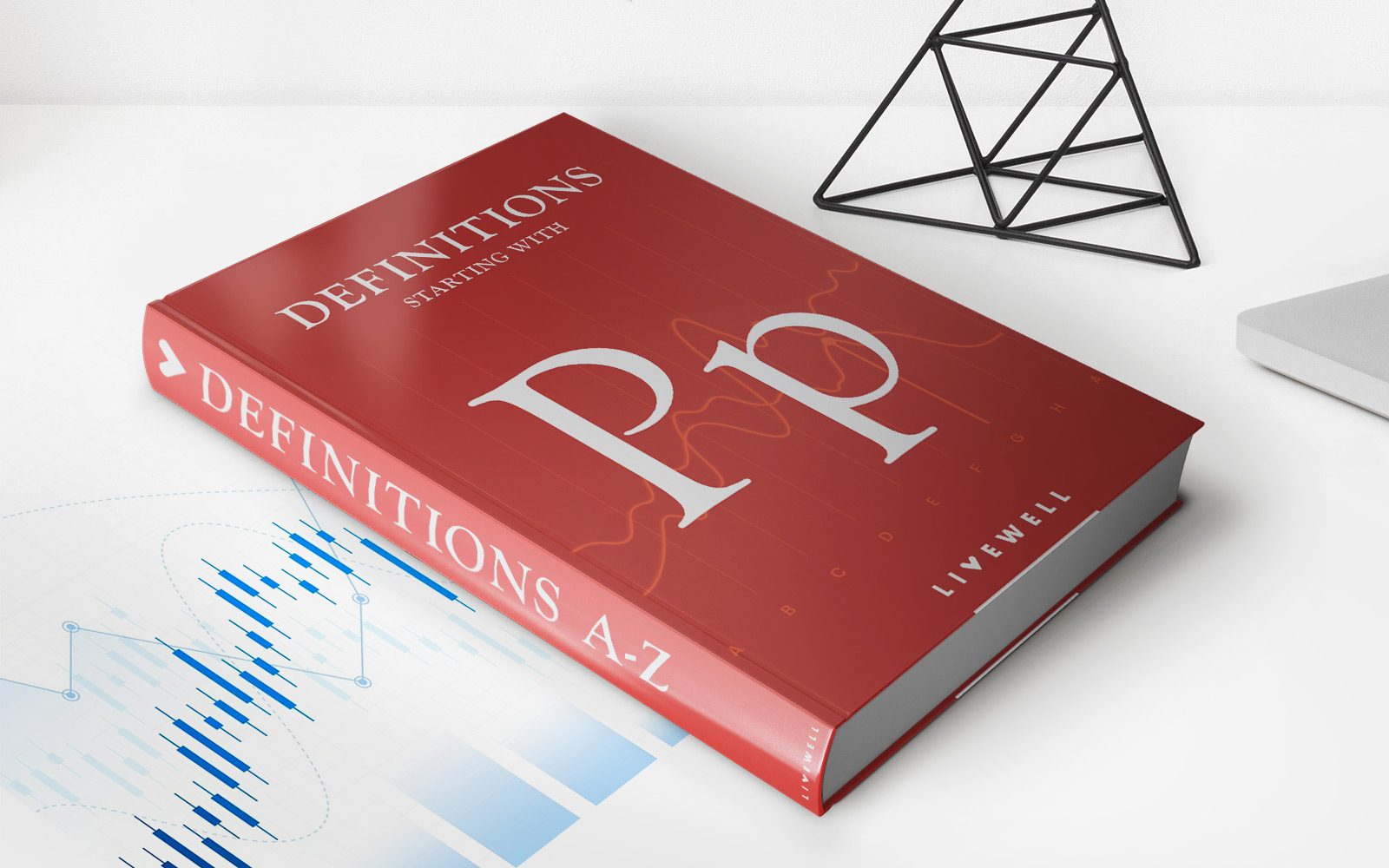

Finance
Negotiated Underwriting Definition
Published: December 29, 2023
Learn the definition of negotiated underwriting, a financial term in the field of finance. Gain insights into the role of underwriters in the finance industry and how they facilitate the issuance of securities.
(Many of the links in this article redirect to a specific reviewed product. Your purchase of these products through affiliate links helps to generate commission for LiveWell, at no extra cost. Learn more)
What is Negotiated Underwriting?
When it comes to raising capital for a project or venture, one of the popular options is to issue securities such as stocks or bonds. To ensure a smooth and successful offering, many companies turn to negotiated underwriting. But what exactly is negotiated underwriting and how does it work? In this blog post, we will dive deep into the world of negotiated underwriting and explore its benefits and mechanics.
Key Takeaways:
- Negotiated underwriting involves a syndicate of underwriters who work with the issuer to sell the securities directly to investors.
- This approach allows for more personalized terms and pricing, tailored to the specific needs and goals of the issuer.
The Basics of Negotiated Underwriting
Negotiated underwriting is a process wherein the issuer and a syndicate of underwriters work together to distribute securities to potential investors. Unlike competitive underwriting, where multiple underwriters bid for the right to distribute the securities, negotiated underwriting involves a collaborative effort between the issuer and a select group of underwriters.
During the negotiated underwriting process, the issuer and underwriters establish a relationship and work closely to determine the terms and conditions of the offering. This includes setting the price, determining the quantity of securities to be sold, and crafting any unique features or provisions specific to the offering.
How Negotiated Underwriting Works
Now, let’s walk through the steps of a typical negotiated underwriting process:
- Selection of Underwriters: The issuer selects a syndicate of underwriters based on their expertise and reputation in the market.
- Engagement Letter: The issuer and the lead underwriter sign an engagement letter outlining the terms and conditions of the relationship.
- Due Diligence: The underwriters conduct due diligence on the issuer’s financials, operations, and legal documentation to ensure the accuracy and completeness of the offering materials.
- Offering Document Preparation: The underwriters work with the issuer’s team to prepare the offering document, which includes a prospectus outlining the details of the securities offering.
- Price Setting: The underwriters and the issuer negotiate the price at which the securities will be sold to investors, taking into consideration market conditions and investor demand.
- Marketing and Distribution: The underwriters leverage their networks and marketing capabilities to promote the securities offering to potential investors.
- Sale and Settlement: Once the securities are sold, the issuer receives the proceeds, and the underwriters earn compensation in the form of underwriting fees.
Benefits of Negotiated Underwriting
Negotiated underwriting offers several advantages to both issuers and underwriters:
- Customization: With negotiated underwriting, issuers have more flexibility in terms of pricing, structure, and features of the securities offering. This allows them to tailor the offering to best meet their specific funding needs.
- Expertise: By partnering with experienced underwriters, issuers can tap into their market knowledge and expertise, gaining valuable insights and guidance throughout the offering process.
- Efficiency: Negotiated underwriting can often result in a faster and smoother offering process compared to competitive underwriting, as there is a stronger collaboration between the issuer and the underwriters.
In conclusion, negotiated underwriting is a strategic approach to raising capital that offers customization, expertise, and efficiency. By working closely with a syndicate of underwriters, issuers can navigate the complex world of securities offerings with confidence and achieve their funding goals. Whether you are a company planning to raise capital or an investor looking to participate in such offerings, understanding the nuances of negotiated underwriting will undoubtedly be beneficial.














